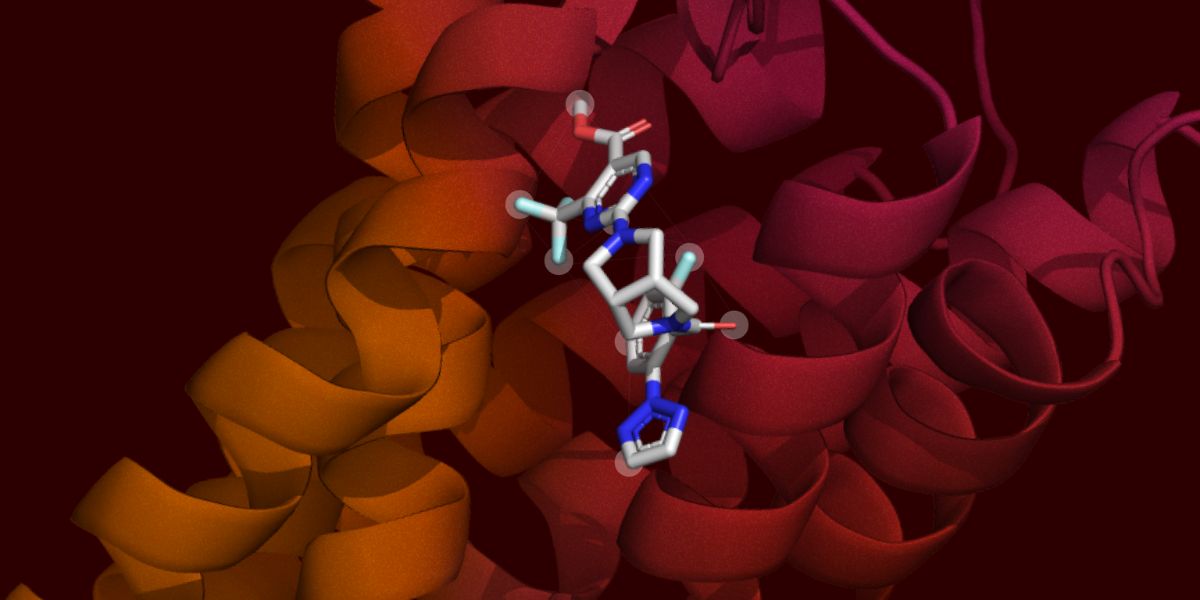Researchers at MIT’s Jameel Clinic and CSAIL, in partnership with biotech firm Recursion, have unveiled Boltz-2, an open-source biomolecular foundation model that transforms the pace and precision of drug discovery. This next-gen tool unifies molecular structure prediction and binding affinity estimation into one sleek AI-powered package, enabling researchers to screen millions of molecules in mere seconds.
Previously, physicists used free energy perturbation (FEP) simulations to model molecule protein binding, a method prized for accuracy but sluggish and costly. Boltz-2 achieves near FEP-level precision up to 1,000× faster, processing each ligand protein pair in just about 20 seconds on an NVIDIA A100 GPU.
Built on Recursion’s massive BioHive-2 supercomputer, Boltz-2 is engineered for performance. Optimizations like custom cuEquivariance kernels cut computation time and memory load by roughly 3×, making AI-scale drug screening practical.
Boltz-2 crushes benchmarks previously dominated by docking and ML methods. In high-throughput screens like MF-PCBA, it doubles average precision compared to traditional approaches. In CASP16 affinity challenges, it showed best-in-class performance in predicting binding strengths.
What truly sets Boltz-2 apart is its accessibility. Released under an MIT open-source license, researchers worldwide can use, fine-tune, and deploy the model in academia or industry. Enterprise users can tap into Boltz-2 NIM, a production-ready microservice built for scalable inference.
In the broader innovation ecosystem, Boltz-2 is already reshaping possibilities. By integrating with Recursion’s SynFlowNet toolkit, researchers can now generate and validate novel, synthesizable high-affinity molecules, streamlining early-stage drug development.
